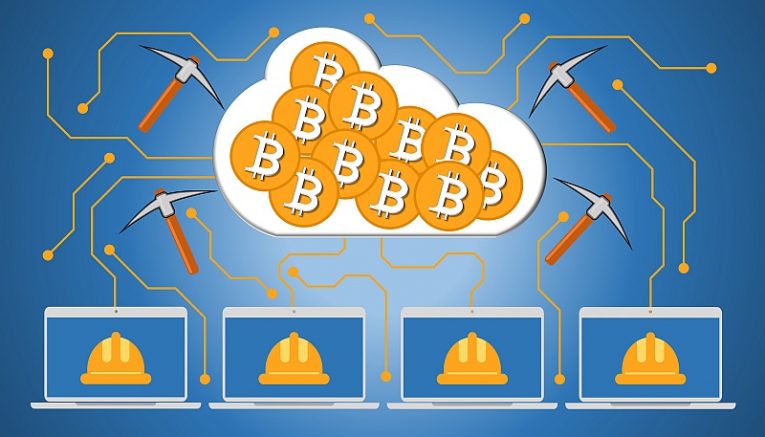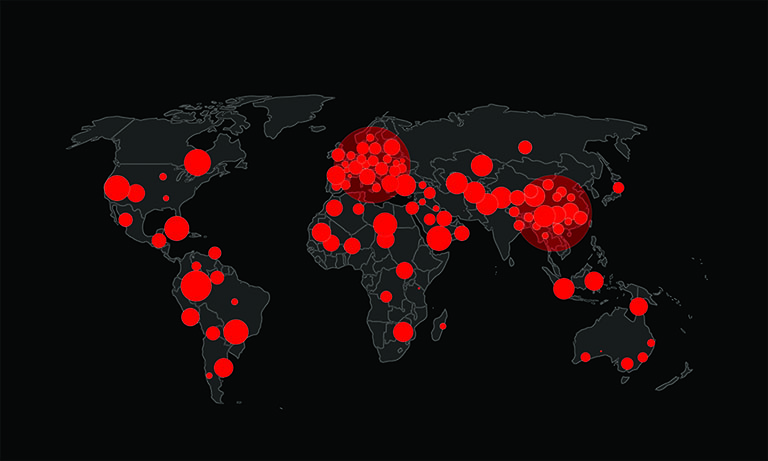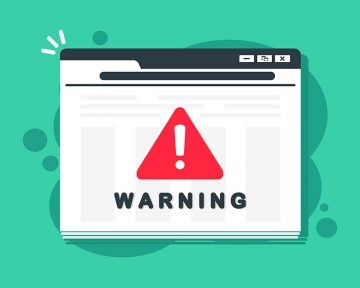Binance - Urgent Security Alert Email Scam: A Clever Attempt To Trick You

Table of Contents
A Deceptive Message in Your Inbox
There's a phishing scam is circulating under the subject line "Binance - Urgent Security Alert." Disguised as a warning about a suspicious sign-in attempt, the email appears to come from the cryptocurrency exchange Binance. However, this message is not from the real company and is instead part of a malicious campaign designed to steal user credentials.
At first glance, the email may seem legitimate. It typically references a supposed login attempt from an unfamiliar IP address and urges recipients to secure their accounts by clicking a link. However, the urgency and official tone are part of the trap—clicking through sends users to a counterfeit login page crafted to look exactly like Binance's real website.
How the Scam Works
The goal of this scam is to convince users to enter their Binance credentials into the fake site. Once those details are submitted, they're immediately captured by the attackers. With these stolen credentials, scammers can gain full access to a victim's Binance account, including any cryptocurrency stored there.
Because transactions involving digital currencies are largely anonymous and irreversible, recovering stolen funds is nearly impossible. This makes phishing attacks like this especially dangerous for crypto users.
Here's what the message says:
Subject: Urgent Security Alert!!!
Urgent Security Alert
[Binance] Suspicious activity detected on your account.
Details of Security Measures:
Suspicious login attempted
You have logged in from the following device:IP address:-
If this wasn't you, log in to secure account nowTo ensure the safety of your account, please login and verify your account:
Click to secure account
This is an automated message, please do not reply.
- Binance Security Team
2025 Binance. All rights reserved.
Unsubscribe | Privacy Policy
Not Just About Passwords
Although the main aim is to steal login details, phishing emails often pursue more than just account access. Many campaigns are designed to gather personal information—such as names, addresses, or financial data—or install malicious software. This broadens the threat well beyond just one compromised platform.
In fact, similar scams have used the names of other companies, such as banks or document signing services, to trick recipients into handing over sensitive information or downloading infected files. The rise of well-crafted phishing emails highlights the increasing sophistication of scammers.
Don’t Be Fooled by Professional Appearance
While some phishing emails are obvious due to poor grammar or odd formatting, others—like the Binance scam—can be well-written and visually convincing. They often use branding, layouts, and even email addresses that look legitimate at a quick glance.
This professional appearance can lull users into a false sense of security. That's why it's crucial to verify the source of any unexpected communication, especially when it concerns your finances or accounts.
How These Emails Spread Malware
Phishing emails don't just aim to steal login details—they can also deliver malware. These messages may come with attachments or links that trigger a download of malicious software once opened or clicked. Common file types include PDFs, ZIP archives, Office documents, or even scripts disguised as harmless files.
Some malware requires additional user interaction to become active. For example, an Office document might prompt the user to enable macros or editing. Once activated, the malware can install itself silently, potentially giving attackers access to the device or network.
How to Stay Safe from Phishing Scams
The first and best line of defense is awareness. If you receive a message claiming to be from Binance or any other platform, double-check the sender's address and avoid clicking any links until you verify it's legitimate. Instead, go straight to the official website and sign in manually.
Be particularly cautious with emails that create a sense of urgency or pressure you to act quickly—this is a common tactic used to catch people off guard. If you're ever unsure, reach out to the company's official support channels for clarification.
Responding If You’ve Been Targeted
If you suspect you've entered your information into a phishing site, act quickly. Change your account password immediately and enable two-factor authentication if it isn't already in place. You should also contact Binance support to alert them of the incident.
Additionally, consider changing passwords on any other accounts that use similar credentials. Scammers often attempt to reuse stolen logins across multiple platforms in hopes of gaining access elsewhere.
Final Thoughts
Keep software and antivirus programs updated to guard against future scams. Only download applications or updates from official sources, and avoid using pirated software or unofficial patches, which are common sources of malware.
Regularly back up important data, and educate yourself on how scams evolve. The more you know, the better prepared you'll be. In today's digital environment, skepticism and vigilance go a long way toward protecting your information—and your assets.








